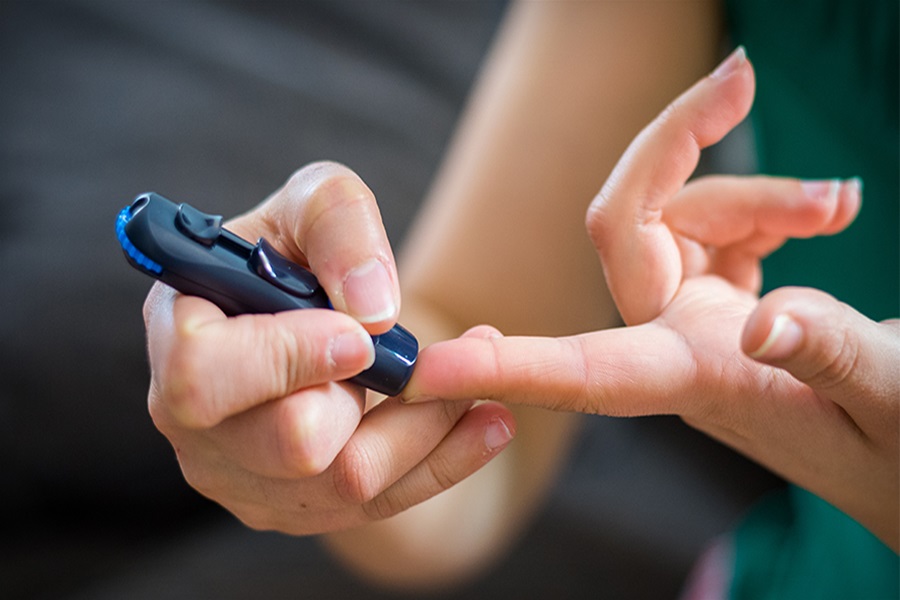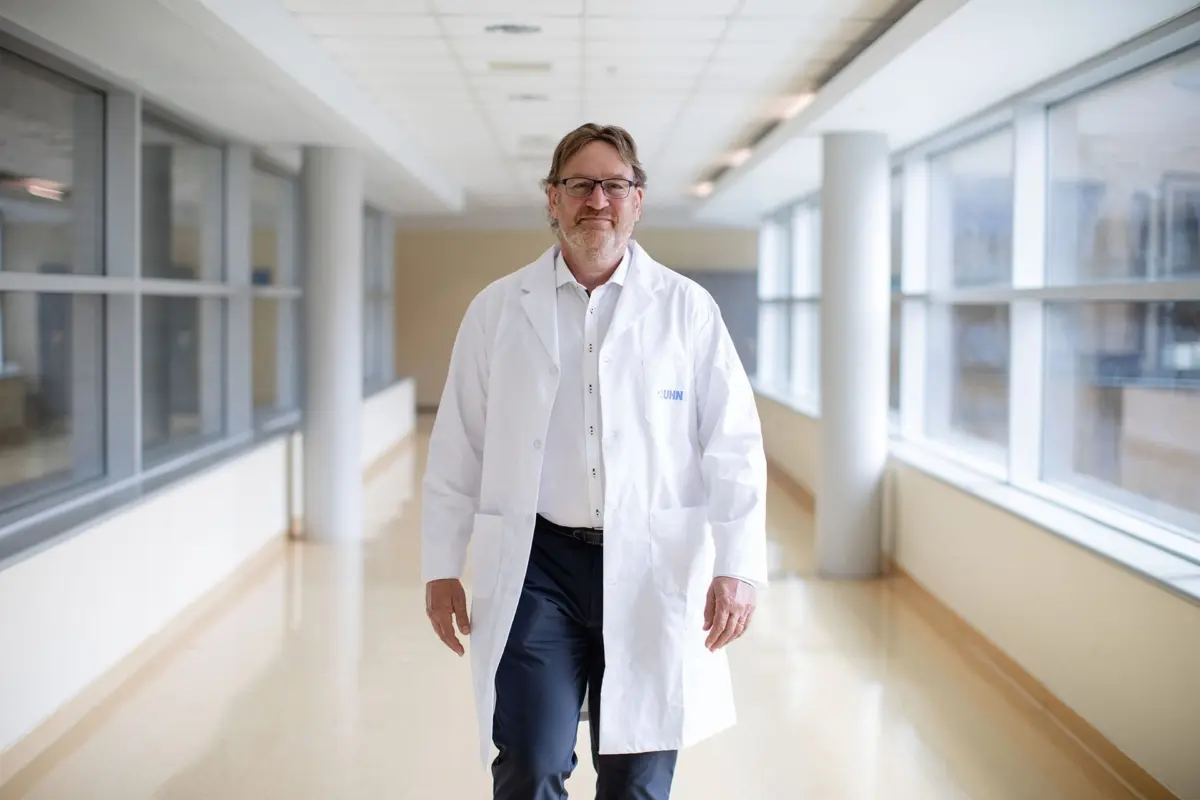Kate Farnsworth, a co-lead on the Connect1d Canada digital platform and parent of a child with Type 1 diabetes, says a key idea behind it is to “have a more collaborative process and, even more important, empower people living with diabetes to drive the research.” (Photo: Courtesy Kate Farnsworth)
When Kate Farnsworth found out her daughter Sydney, 8, had Type 1 diabetes (T1D) a decade ago, it came as a shock and also as a challenging transition. Kate dived into self-education mode as fast as she could, but it was difficult to identify reliable sources of information, connect with peers and ensure she was tuned in to the latest in research and technology to best support her daughter.
It wasn’t an easy task and it opened her eyes to the fact that the development of therapies and technologies to support those with T1D can be slow and, at times, lead to ineffective solutions.
Kate wanted to help change that.
One of the reasons progress in new diabetes technology couldn’t move quickly, Kate realized, was because there was a disconnect between people with T1D and the processes in place to develop new therapies.
Enter Connect1d Canada, a digital platform imagined by Diabetes Action Canada and its Patient Partners and developed by eHealth Innovation at UHN. It allows those with T1D to easily learn about innovative treatments from across Canada while contributing to clinical research in the areas that matter most to them.
Connect1d Canada also allows researchers to recruit and engage patients with greater ease, thereby improving the research process by accelerating recruitment and opening up opportunities to a more diverse group of Canadians living with Type 1 diabetes.
Even better, Connect1d Canada was created by and for the T1D community who have had input and a hands-on role in the process at every step along the way.
Kate is a co-lead on this project, representing those with lived experience of diabetes. She is happy to see this platform, with its goal of revolutionizing the way research is conducted, launched across Canada.
“Connect1d Canada is a space for those with Type 1 diabetes to find out about cutting edge research projects – many of which are looking for clinical trial participants,” says Dr. Joseph Cafazzo, who leads the project as the Executive Director at UHN’s Centre for Global eHealth Innovation, and is one of the co-founders of this initiative.
“Moving forward, the platform will offer additional features, which we hope will include the option for participants to inform future research and innovation.”
Finding solutions that fit the need
Now 18 years old, Kate’s daughter Sydney has an automated system with a glucose monitor and insulin pump connected to her body and to an app in her cellphone. The app reads the sugar levels in her blood 24/7 and automatically instructs the pump to inject more or less insulin into her body as needed.
Finding this solution was a challenge, as Kate had to rely on her own knowledge of technology and a network of people living with T1D to find the right option for her daughter.
This specific technology solution is not approved by Health Canada. It is the result of parents and people with T1D coming together to create systems that met their needs instead of waiting for researchers and industry to develop something.
This process, while it has provided a good solution for Sydney and others, is not without risks and is not a fit for everyone.
One of the first projects Connect1d Canada is helping facilitate has Kate as an investigator. The research team is asking about the experiences of those using a DIY (do-it-yourself) system, such as Sydney’s, including the technology being used and the costs incurred.
The outcome of this study will help inform the conversation around DIY and spur development of approved technologies that could one day replace these user-generated options.
“The worst nightmare of a parent whose child is living with diabetes is that they will go to sleep and not wake up,” Kate says.
She remembers constantly getting up at night to check Sydney’s blood sugar to ensure her daughter had not gone too high or too low and experienced one of the severe complications of T1D that can sometimes be fatal. Finding a technology solution helped ease her worries around Sydney’s health.
Kate’s involvement in research is driven by her desire to ensure that other parents don’t need to experience this same type of fear.
Matchmaking for patients and researchers
It is estimated that 300,000 people like Kate’s daughter Sydney live with Type 1 diabetes in Canada. The Connect1d Canada platform will enhance the matching of people with diabetes with research relevant to them, while also allowing them to share input and have a greater role in setting research priorities.
“Within this completely transparent platform, users will be able to see studies that are a match for them and decide what information they would like to share with researchers,” explains Dr. Cafazzo.
Kate knows that this transparency is necessary to provide trust in the community and to make people feel like they are engaged in a meaningful way.
“With Connect1d Canada we can have a more collaborative process and, even more important, empower people living with diabetes to drive the research,” she says.
For Dr. Gary Lewis, an endocrinologist and Senior Scientist at UHN, and the co-scientific lead for Diabetes Action Canada, Connect1d Canada is an important step forward.
“As we engage more people with diabetes in research planning, we have become increasingly aware of how uninviting the process has seemed to them,” Dr. Lewis says. “It is critical that we work with the community to develop platforms like Connect1d Canada, which will encourage more people with diabetes to take a seat at the table and greatly improve the research outcomes we are investing in.”
This work was supported in part by UHN Foundation donors.


